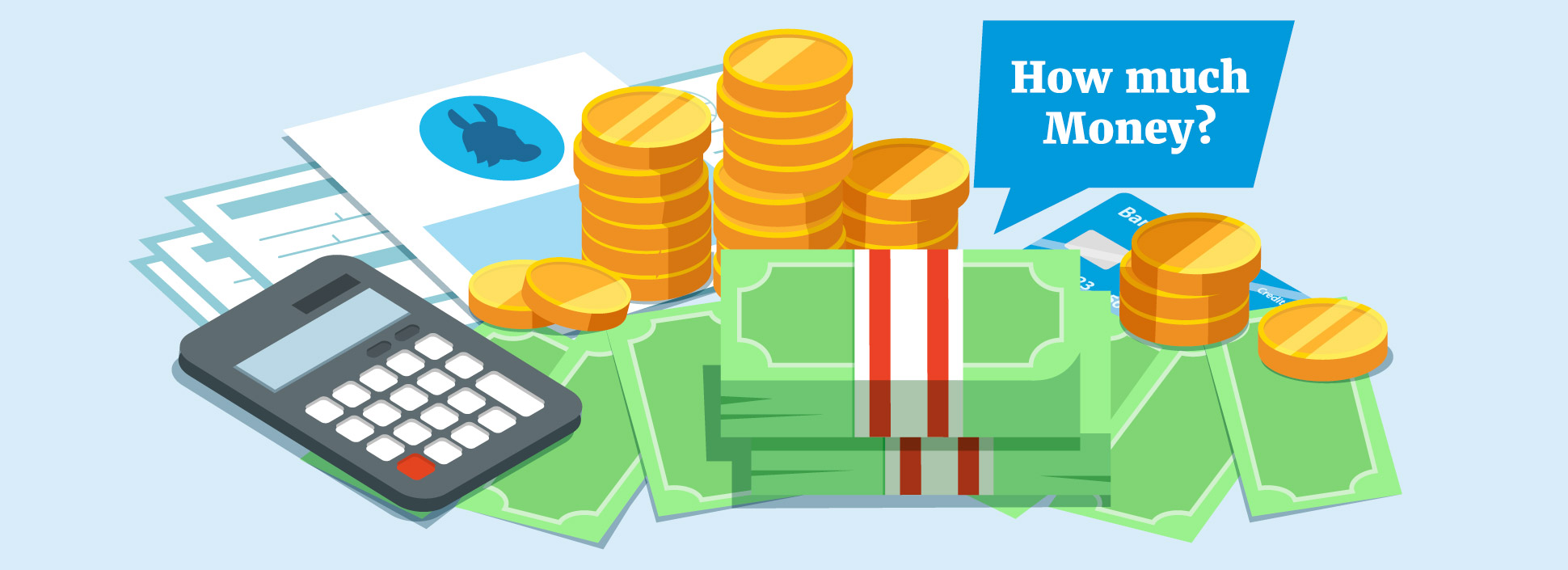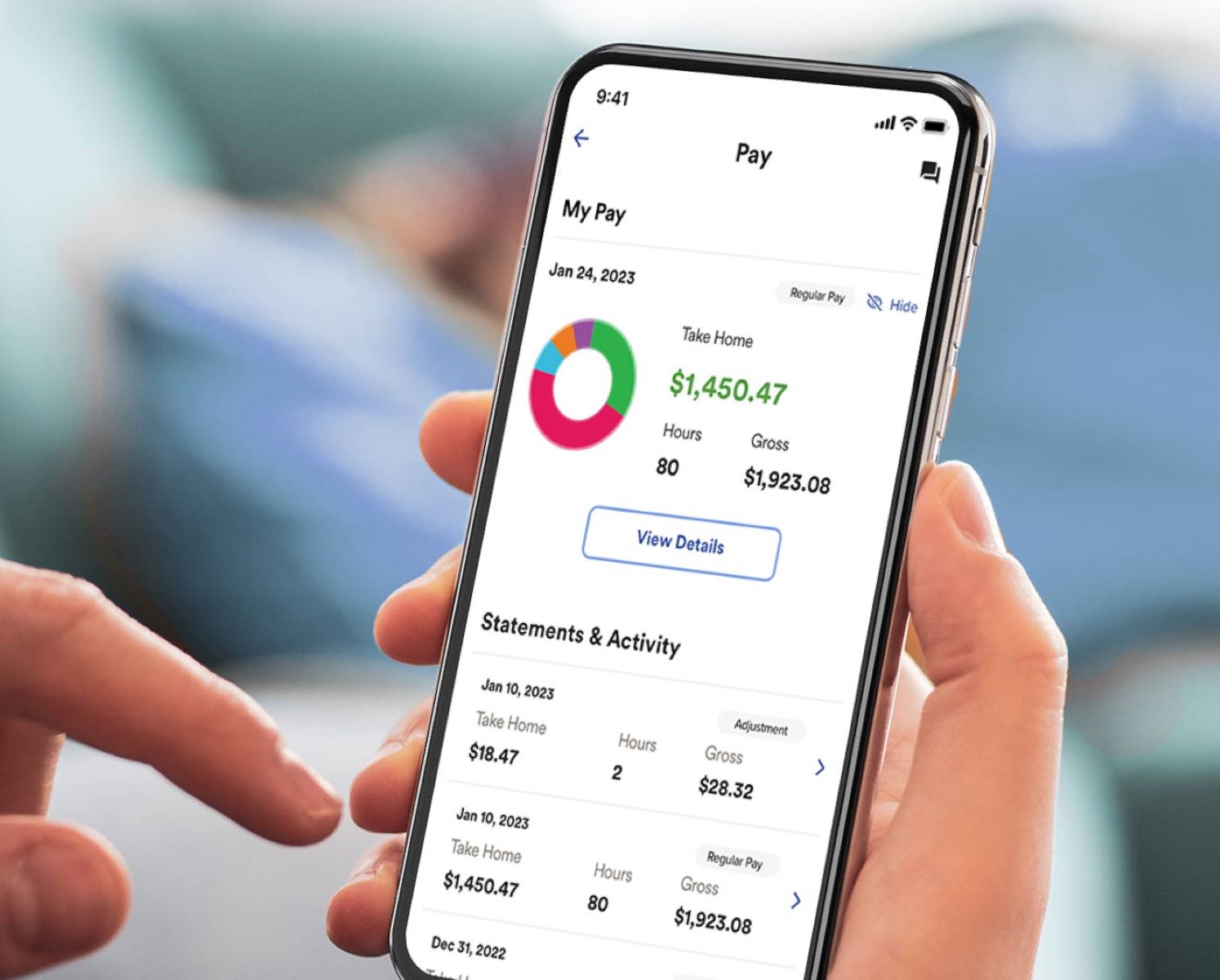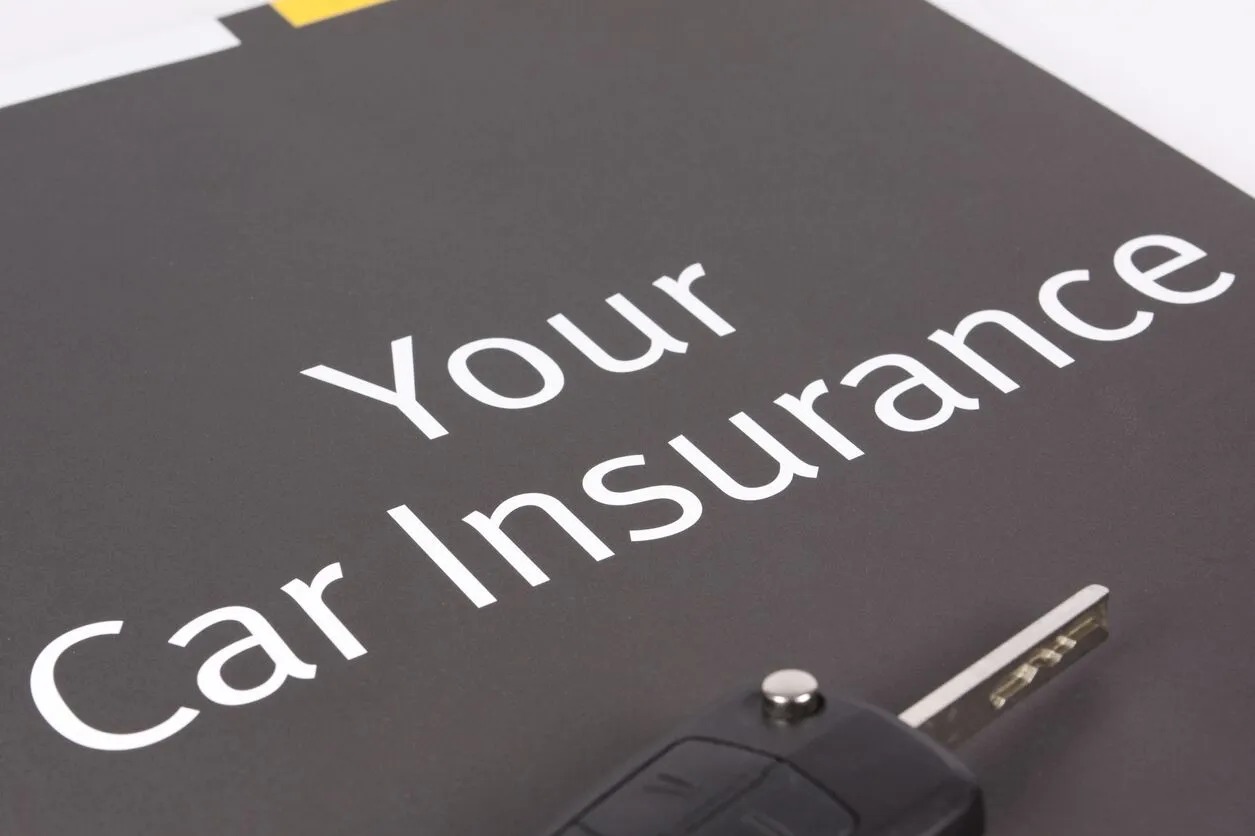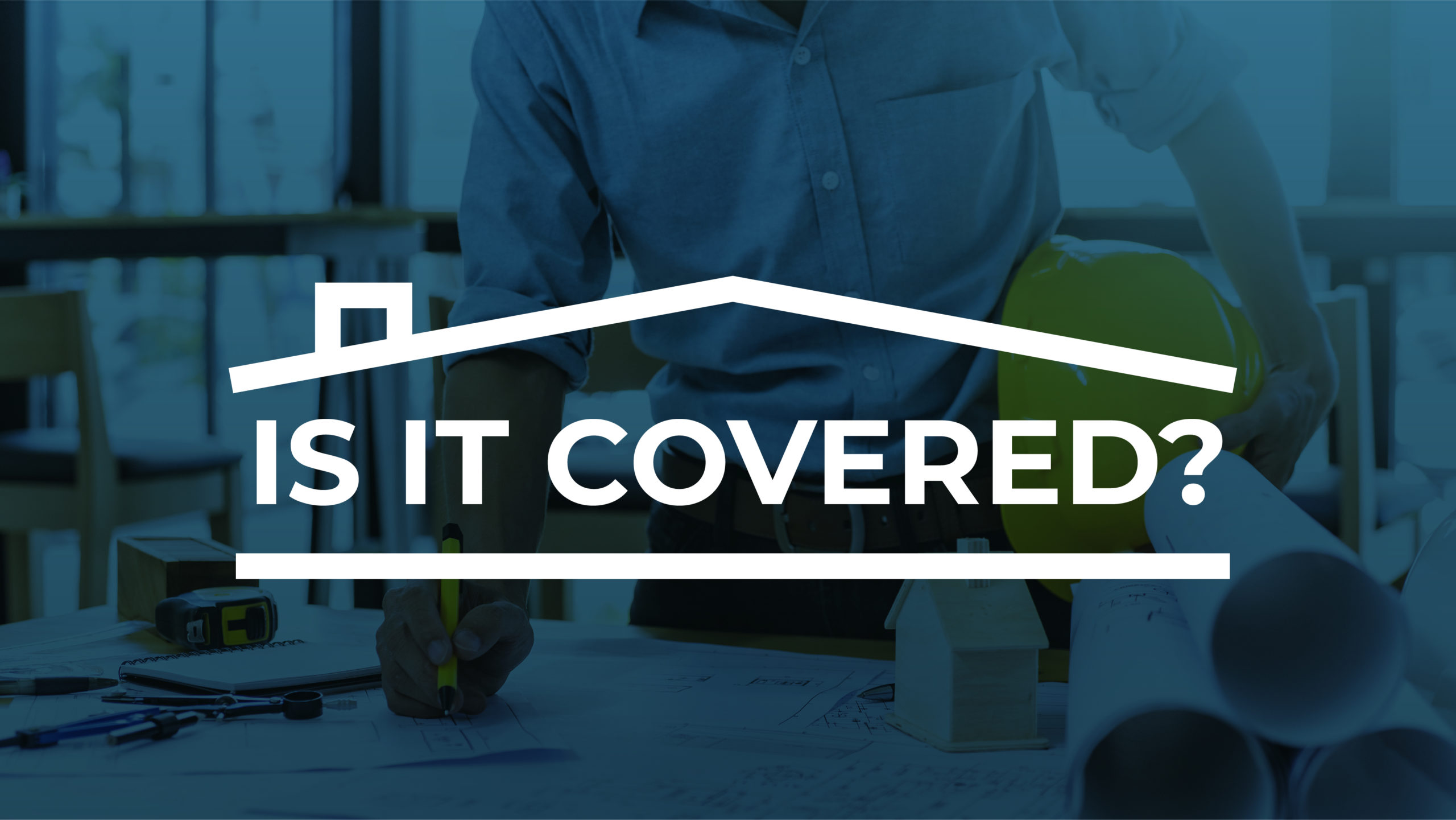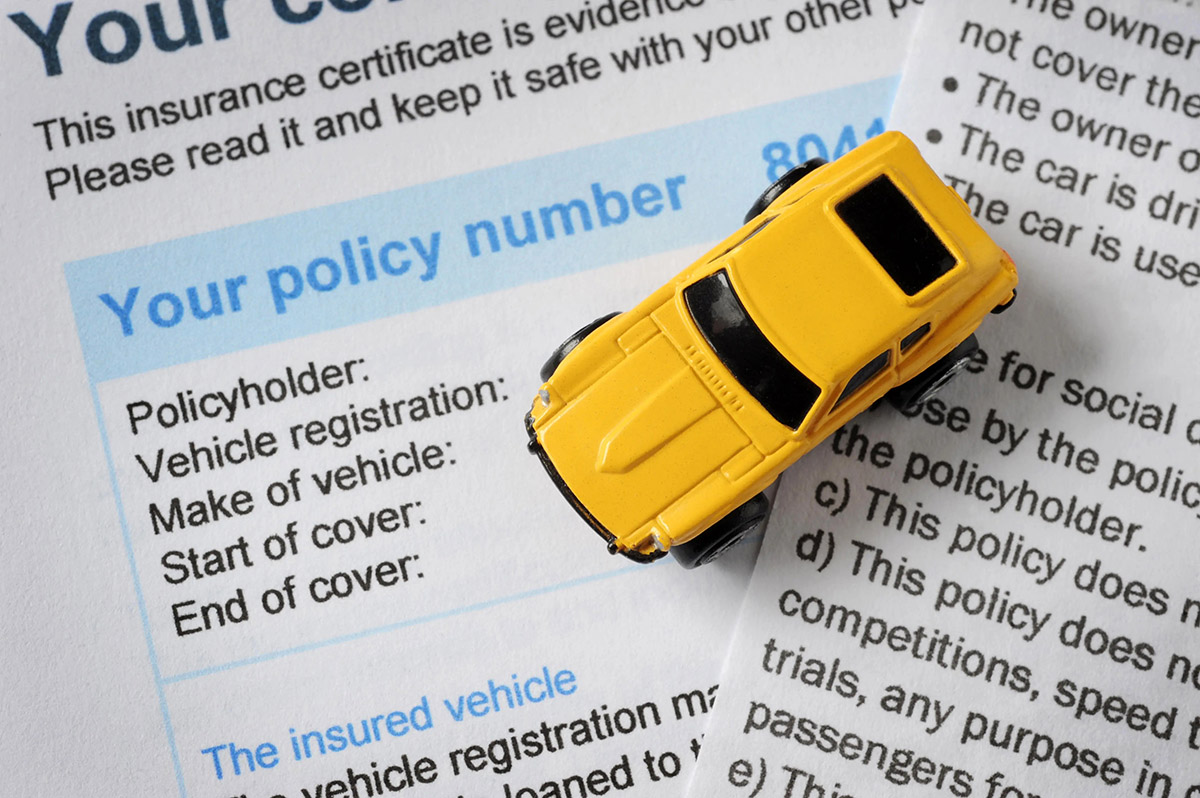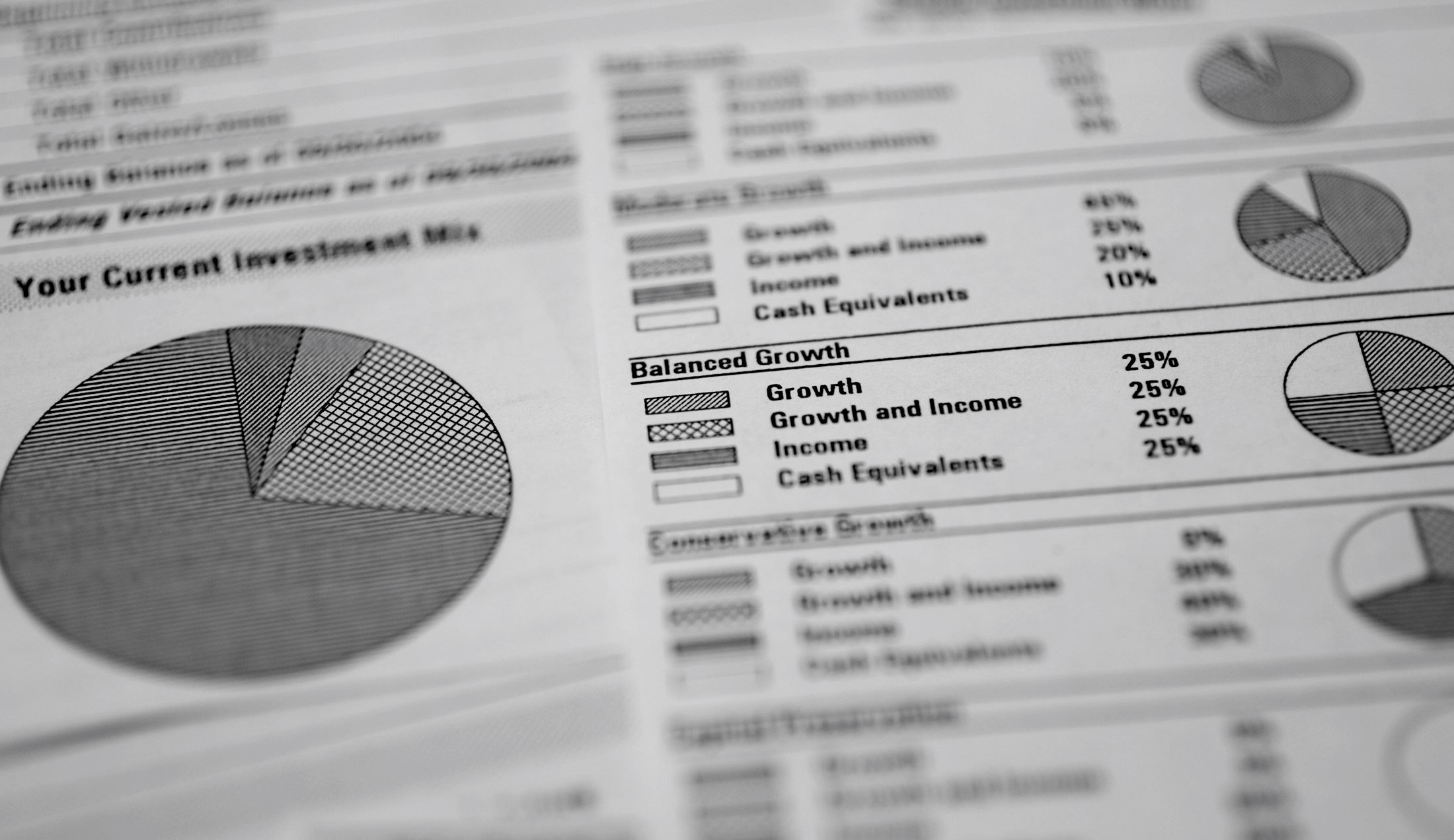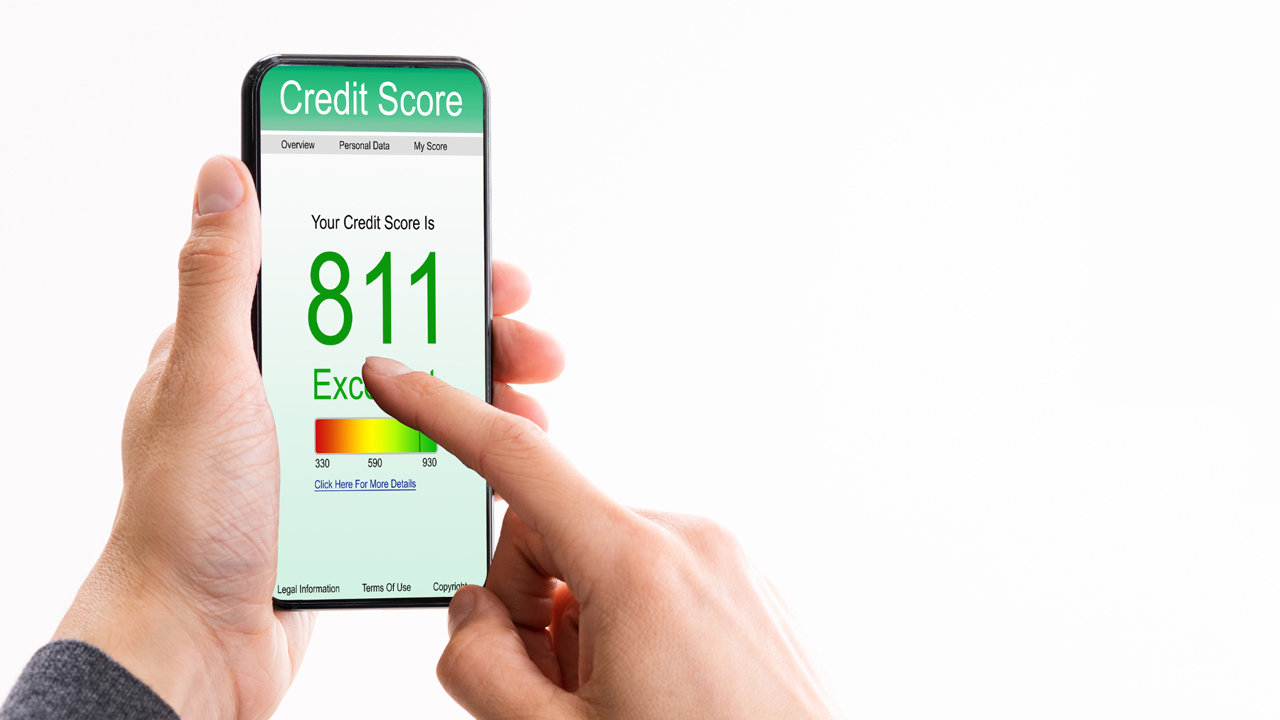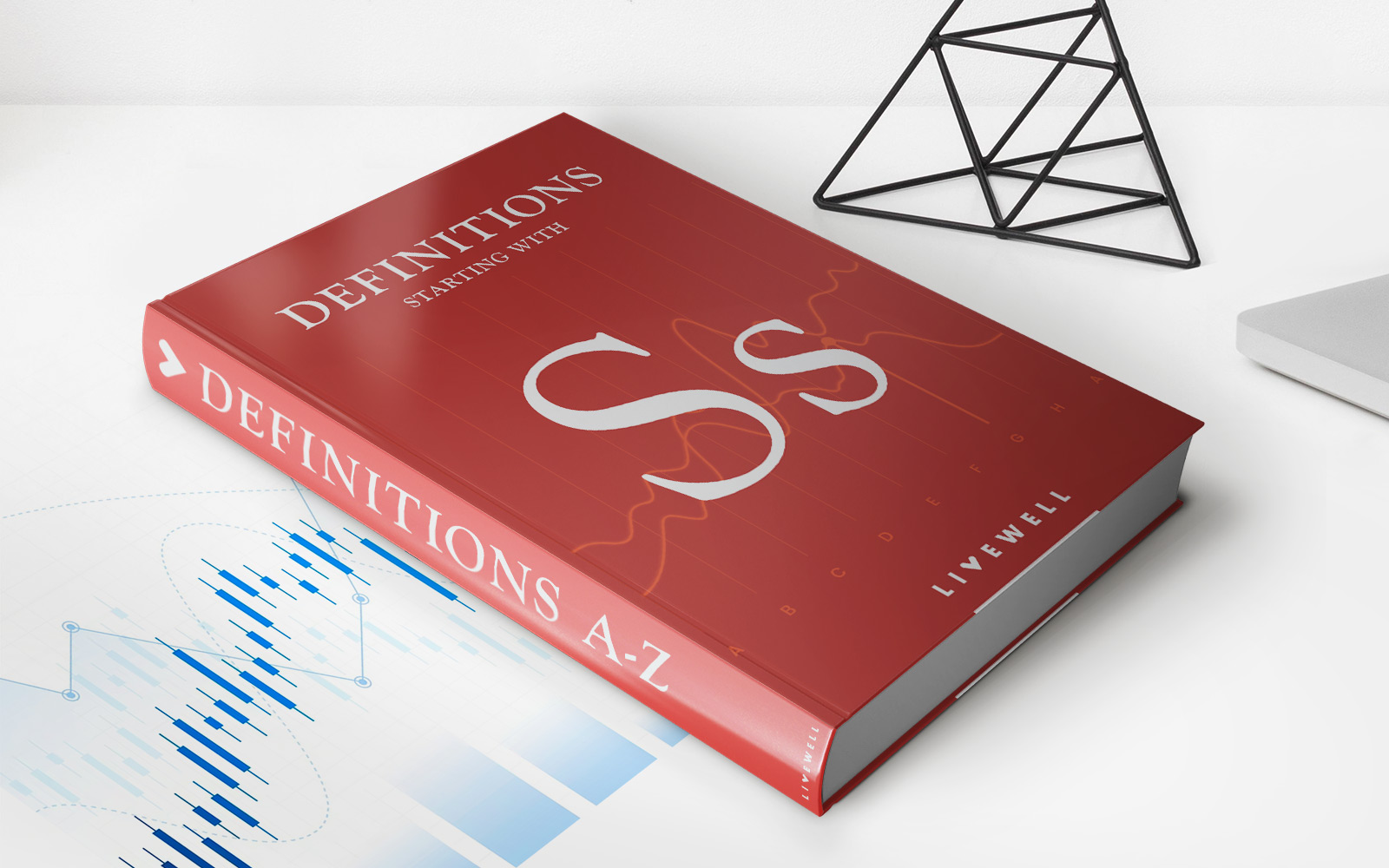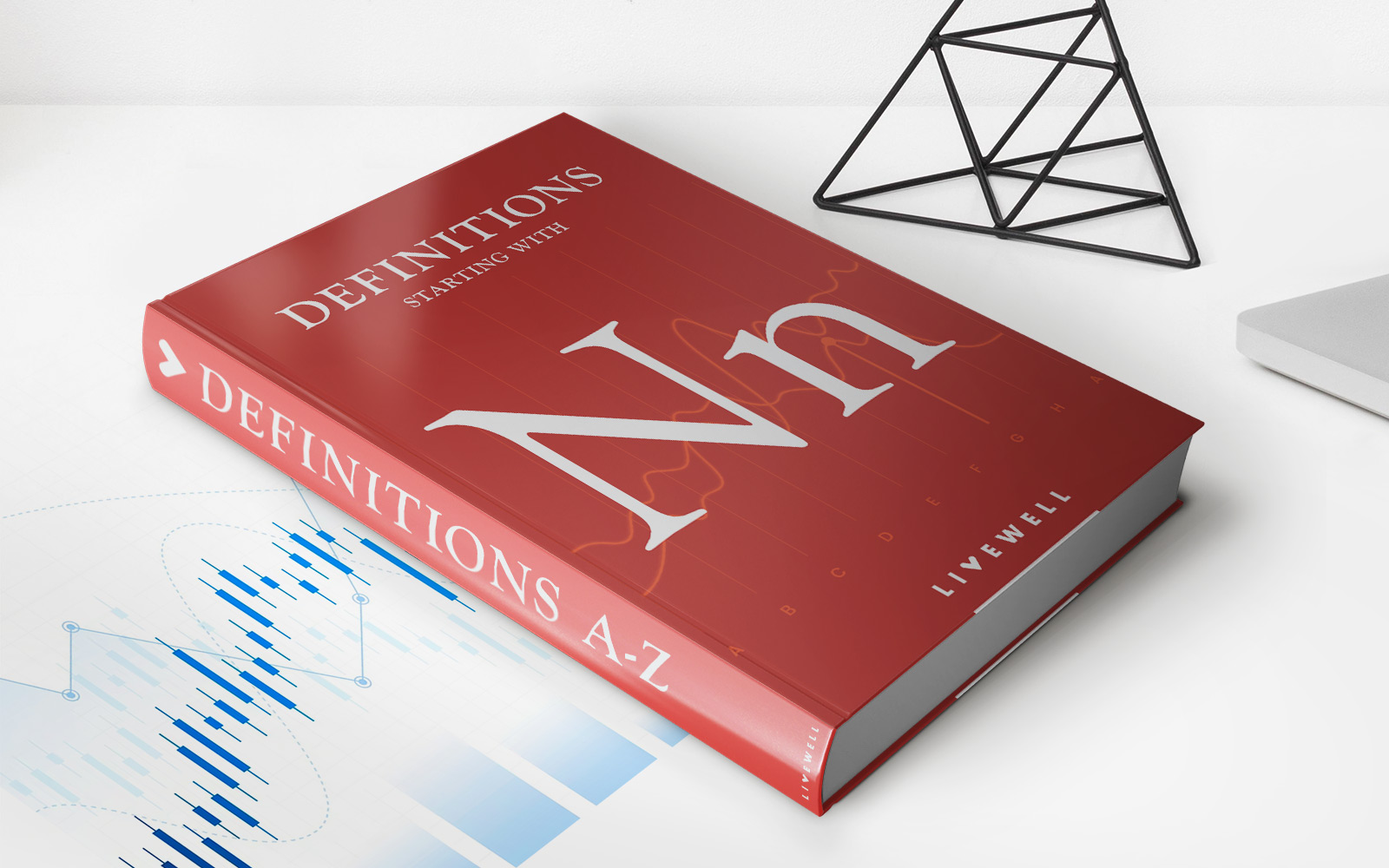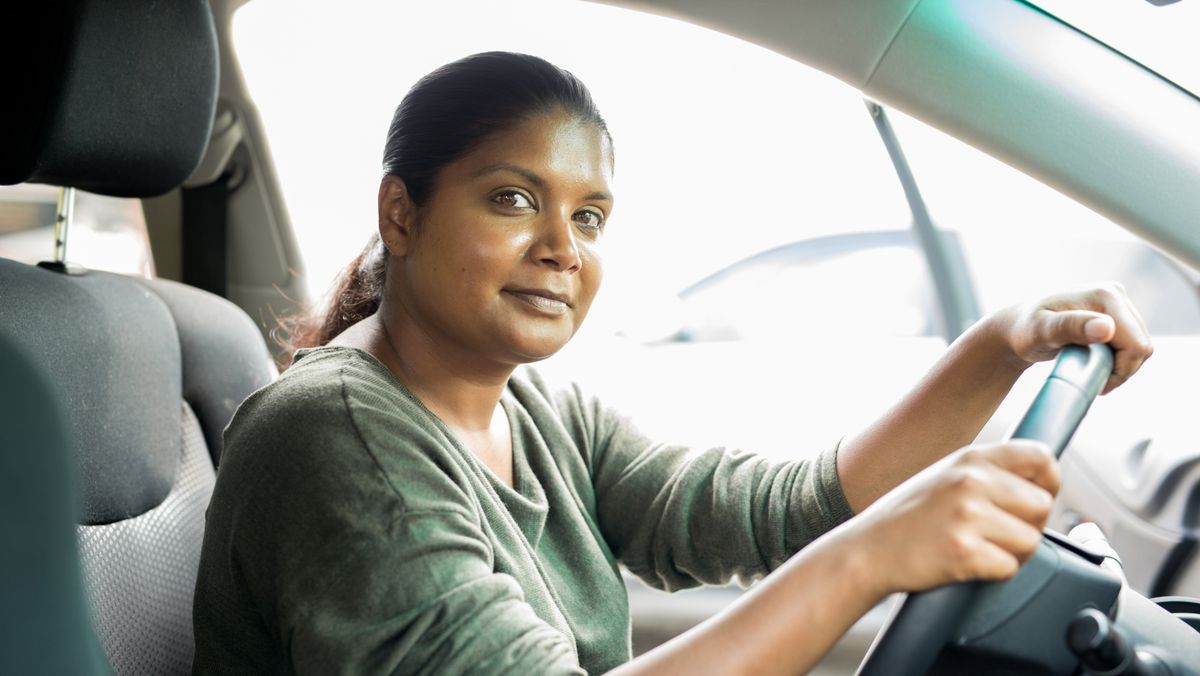

Finance
How To Check If My Car Has Insurance
Published: November 12, 2023
Learn how to check if your car has insurance and ensure your finances are protected. Get peace of mind knowing your vehicle is covered.
(Many of the links in this article redirect to a specific reviewed product. Your purchase of these products through affiliate links helps to generate commission for LiveWell, at no extra cost. Learn more)
Table of Contents
- Introduction
- Understanding the Importance of Car Insurance
- Ways to Check if Your Car Has Insurance
- Method 1: Reviewing Your Insurance Documents
- Method 2: Contacting Your Insurance Provider
- Method 3: Using Online Insurance Verification Tools
- Method 4: Checking With Your State’s Department of Motor Vehicles (DMV)
- Method 5: Contacting the Other Party’s Insurance Company (in Case of an Accident)
- What to Do if You Find Out Your Car Doesn’t Have Insurance
- Conclusion
Introduction
Car insurance is a crucial financial safety net that protects you and your vehicle in the event of an accident or damage. It provides coverage for medical expenses, repairs, and liability, ensuring that you are not left with overwhelming bills or legal consequences. As a responsible car owner, it is essential to ensure that your vehicle has active insurance coverage at all times.
However, it can sometimes be challenging to determine whether your car has insurance or if it has lapsed without your knowledge. Luckily, there are several methods you can use to check the insurance status of your vehicle and ensure that you are adequately protected.
In this article, we will explore various ways to check if your car has insurance. We will discuss methods such as reviewing your insurance documents, contacting your insurance provider, using online insurance verification tools, checking with your state’s Department of Motor Vehicles (DMV), and even reaching out to the other party’s insurance company in case of an accident. By following these steps, you can stay informed about your car’s insurance status and take the necessary actions to maintain proper coverage.
Before we delve into the specific methods of checking car insurance, let’s take a moment to understand why having car insurance is crucial.
Understanding the Importance of Car Insurance
Car insurance is more than just a legal requirement in most jurisdictions; it is a vital financial protection that shields you from potential losses due to accidents, theft, or damage to your vehicle. Understanding the importance of car insurance can help you appreciate the significance of verifying and maintaining active coverage.
1. Financial Protection: Car accidents can result in significant financial burdens, including medical bills, repair costs, and legal expenses. Having car insurance provides a safety net that helps cover these expenses, reducing the financial strain on you. Without insurance, you may be responsible for paying these costs out of pocket, draining your savings and potentially leading to debt.
2. Liability Coverage: Car insurance typically includes liability coverage, which protects you in case you cause an accident that results in injury or damage to others. Without liability coverage, you may be held personally responsible for the compensation, which can be financially devastating.
3. Peace of Mind: Knowing that you have comprehensive coverage gives you peace of mind while driving. It allows you to focus on the road without worrying about the potential financial repercussions of an accident or damage to your vehicle.
4. Legal Requirements: In most countries, it is illegal to drive without insurance coverage. Violating this requirement can lead to penalties, fines, license suspension, or even legal consequences. By maintaining active car insurance, you comply with the law and avoid potential legal complications.
5. Protection Against Uninsured or Underinsured Drivers: Car insurance can also protect you in the event of an accident with an uninsured or underinsured driver. In such cases, your insurance can help cover your expenses, ensuring that you are not left without financial recourse.
Car insurance offers essential protection and peace of mind while driving. It is not only a legal necessity but also a practical measure to safeguard yourself, your vehicle, and the financial stability of you and your family. By understanding the significance of car insurance, you can prioritize its verification and ensure that you have the necessary coverage in place.
Ways to Check if Your Car Has Insurance
Verifying the insurance status of your car is crucial to ensure that you are adequately protected. Here are several methods you can use to check if your car has insurance:
1. Reviewing Your Insurance Documents: The first step is to review your insurance documents carefully. These include your insurance policy, insurance card, and any correspondence or emails from your insurance provider. Look for information such as policy number, coverage details, and the expiration date of your policy. If you cannot find your documents, contact your insurance provider for a copy.
2. Contacting Your Insurance Provider: Get in touch with your insurance company directly to verify the status of your car insurance. You can call their customer service hotline or reach out to your insurance agent. Provide them with your policy number and any other required information. They can confirm if your policy is active and provide details about your coverage.
3. Using Online Insurance Verification Tools: Many insurance companies offer online portals or mobile apps that allow you to access your insurance information. Log in to your insurer’s website or app using your account credentials. You should be able to view your policy details, coverage, and expiration date. These tools are convenient and provide real-time updates regarding your insurance status.
4. Checking With Your State’s Department of Motor Vehicles (DMV): Some states have online insurance verification systems through their DMV websites. Visit the DMV website of your state and look for a section dedicated to insurance verification. Enter the required information, such as your vehicle’s identification number (VIN) or your driver’s license number, to check the insurance status associated with your car.
5. Contacting the Other Party’s Insurance Company (in case of an accident): If you have been involved in an accident with another driver, you can contact their insurance company directly to verify their insurance status. Provide them with the necessary information, such as the other party’s name, contact details, and the accident date. They can inform you if the other driver has active insurance coverage.
By using these methods, you can effectively check the insurance status of your car and ensure that your coverage is up to date. It is essential to regularly verify your insurance status, especially before embarking on long trips or purchasing a new vehicle.
Method 1: Reviewing Your Insurance Documents
One of the simplest ways to check if your car has insurance is by reviewing your insurance documents. These documents typically include your insurance policy, insurance card, and any correspondence or emails from your insurance provider. By examining these materials, you can gather important information about your coverage.
Start by locating your insurance policy. This document outlines the details of your coverage, including the types of coverage you have, the policy limits, and any additional features or endorsements. Look for the policy number, as you may need it when contacting your insurance provider for further verification.
Next, check your insurance card. This card is issued by your insurance company and contains essential information about your policy. It usually includes your name, the vehicle’s information, the policy effective dates, and contact information for your insurance company. The card may also display the expiration date, which indicates when your policy is set to renew or expire.
In addition to the policy and insurance card, review any recent correspondence or emails from your insurance provider. They may contain updates about your policy, renewal notices, or other pertinent information. Look for any notifications regarding changes in your coverage or reminders to make premium payments.
If you cannot locate your insurance documents or are unsure about the status of your coverage, contact your insurance provider. They can provide you with a copy of your policy and answer any questions you may have. Be prepared to provide your policy number or personal information to verify your identity.
Reviewing your insurance documents is an essential first step in checking if your car has insurance. It allows you to gather the necessary information about your coverage, including policy details, effective dates, and expiration dates. By keeping these documents organized and updated, you can stay informed about the status of your insurance and ensure that you are adequately protected on the road.
Method 2: Contacting Your Insurance Provider
If you want to check the insurance status of your car, one reliable method is to directly contact your insurance provider. By reaching out to them, you can gather accurate and up-to-date information about your policy and ensure that your coverage is active.
Start by locating the contact information for your insurance company. This can usually be found on your insurance card, your policy documents, or on the company’s website. Once you have the contact details, call their customer service hotline or reach out to your insurance agent.
When contacting your insurance provider, be prepared to provide them with your policy number and any other necessary information. The policy number is a unique identifier that helps them locate your account and access your policy details.
Once connected with a representative, ask them to verify the status of your car insurance. They will be able to confirm if your policy is active and provide you with the most up-to-date information about your coverage. You can inquire about policy effective dates, the expiration date, and any recent updates or changes to your policy.
If you discover that your car insurance has lapsed or is not active, the representative can guide you on how to reinstate your coverage or address any issues that may have led to the lapse. They can also provide guidance on any necessary steps you need to take to maintain coverage moving forward.
Remember that contacting your insurance provider directly is one of the most reliable ways to check if your car has insurance. They have access to your policy information and can provide you with accurate details about your coverage. Make it a practice to reach out to your insurance provider periodically to ensure that your policy is active, especially before embarking on long trips or making any changes to your coverage.
Method 3: Using Online Insurance Verification Tools
In this digital age, many insurance companies offer online insurance verification tools that allow policyholders to easily access and check the status of their car insurance. These online platforms or mobile apps provide a convenient way to verify your coverage and stay informed about your policy details.
To begin, visit your insurance company’s website or search for their dedicated online portal or mobile app. If you haven’t registered for an online account, look for a registration link or sign-up option. You may need your policy number or other identifying information to create an account.
Once you have logged in to the online platform, navigate to the section related to your policy or insurance information. Look for options such as “My Policy,” “My Coverage,” or “Policy Details.” These sections should provide you with access to your insurance information.
Within the online insurance verification tool, you should be able to view important details about your coverage. This includes information such as your policy effective dates, coverage types, deductibles, and limits. You may also find additional features, endorsements, or benefits associated with your policy.
Online insurance verification tools often provide real-time updates, so you can rely on the information available to be current and accurate. Some tools even allow you to request policy documents or make changes to your coverage directly online.
If you encounter any difficulties or have questions about navigating the online platform, you can contact your insurance provider’s customer service for assistance. They can guide you through the process and address any concerns you may have.
Using online insurance verification tools is a convenient way to check the insurance status of your car. It provides quick access to your policy details and allows you to stay informed about your coverage. Make it a habit to log in to your insurance provider’s online platform regularly to ensure that your coverage is active and up to date.
Method 4: Checking With Your State’s Department of Motor Vehicles (DMV)
If you want to verify the insurance status of your car, you can utilize the resources provided by your state’s Department of Motor Vehicles (DMV). Many states have online insurance verification systems in place that allow you to check the insurance coverage associated with your vehicle.
To check with your state’s DMV, start by visiting their official website. Look for a section or tab related to insurance verification or vehicle services. It may be labeled as “Insurance Information,” “Vehicle Registration,” or something similar.
Once you have accessed the appropriate section, you will likely be prompted to enter specific information about your vehicle or yourself. This information typically includes your vehicle identification number (VIN), license plate number, or your driver’s license number.
Follow the prompts and enter the requested information accurately. Double-check the data you provide to ensure its accuracy, as any errors may affect the search results. Click on the “Submit” or “Check” button to initiate the search.
The online insurance verification system will then retrieve and display the insurance information associated with your vehicle. You will be able to see details such as the insurance company name, policy number, and the policy status (active or inactive).
If your search shows that your vehicle does not have active insurance coverage or does not yield the expected results, you may need to reach out to your insurance provider or update your insurance information with the DMV. Be sure to follow the appropriate steps to rectify any discrepancies and ensure that you have active coverage.
If your state does not have an online insurance verification system, you can contact your local DMV office or the customer service helpline for more information on how to verify the insurance status of your car.
Using your state’s DMV resources is a reliable way to check the insurance status of your car. It allows you to access official records and obtain accurate information about your coverage. Checking with the DMV can help you ensure that you abide by the legal requirement of having active car insurance.
Method 5: Contacting the Other Party’s Insurance Company (in Case of an Accident)
If you have been involved in a car accident and want to check the insurance status of the other party involved, you can contact their insurance company for verification. This method can provide you with valuable information about the other driver’s insurance coverage.
Here are the steps to follow when contacting the other party’s insurance company:
1. Gather Information: Collect the necessary information from the other driver involved in the accident. This includes their name, contact details, and insurance company name if available. If the other driver is unable or unwilling to provide this information, you can obtain it from the police report if one was made at the accident scene.
2. Contact the Insurance Company: Using the insurance company information provided by the other driver or obtained from the police report, call the given phone number for the other party’s insurer. It is best to contact them as soon as possible after the accident to expedite the verification process.
3. Provide Accident Details: When speaking with the insurance representative, explain that you were involved in an accident with one of their policyholders and provide them with the necessary details. This includes the date, time, and location of the accident, and any other relevant information about the incident.
4. Request Verification: Ask the insurance representative to verify if the other party has active insurance coverage. They will review their records and confirm if the person involved in the accident is indeed their policyholder and if their coverage is active and up to date.
5. Retrieve Information: The insurance company representative will provide you with information regarding the other driver’s insurance coverage. They may share the policy details, policy effective dates, and any other relevant information about the coverage.
By contacting the other party’s insurance company, you can obtain confirmation of their insurance status. This step is crucial whether you intend to file a claim for damages or simply want to ensure that the other driver has active insurance coverage.
If you’re planning to file a claim, make sure to gather evidence, such as photos of the accident scene, witness statements, and any relevant documents. Provide this information to your own insurance company and the other party’s insurer when initiating the claims process.
Always remember to stay calm and cooperative throughout the communication with the other party’s insurance company. Gathering accurate information about the other driver’s insurance status can help ensure a smoother resolution of the accident and potential claims process.
What to Do if You Find Out Your Car Doesn’t Have Insurance
Discovering that your car doesn’t have insurance can be a concerning situation, as it leaves you vulnerable to financial and legal risks in the event of an accident or damage. However, there are steps you can take to address this issue:
1. Contact Your Insurance Provider: If you have mistakenly assumed that your car was insured or if there was an oversight, contact your insurance provider immediately. Inform them about the situation and inquire about options to reinstate your coverage. They can guide you through the process and advise you on the necessary steps to rectify the situation.
2. Reinstate Your Coverage: Your insurance provider may offer you the opportunity to reinstate your coverage by making a payment or updating your policy. This may involve paying any outstanding premiums, providing necessary documentation, or renewing your policy. Follow their instructions carefully and complete the required actions to get your car insurance reinstated.
3. Seek Alternative Insurance Options: If your current insurance provider cannot reinstate your coverage or if you are looking for alternative options, start researching other insurance companies. Obtain quotes and compare coverage options to find suitable insurance that meets your needs. Remember, driving without insurance is illegal in most jurisdictions, so it is essential to obtain coverage as soon as possible.
4. Take Precautions While Driving: Until you have reinstated your car insurance or obtained alternative coverage, take extra precautions while driving. Be extra cautious, follow traffic laws, and avoid any activities that could increase your risk of accidents or damage. Additionally, consider using alternate modes of transportation if possible until you have resolved the insurance issue.
5. Consult with Legal Professionals: In some cases, driving without insurance may have legal consequences. If you are unsure about the laws and regulations regarding insurance in your jurisdiction or if you face legal issues as a result of driving without insurance, consult with legal professionals such as an attorney or seek advice from local authorities.
Remember, it is crucial to address the lack of insurance coverage for your car promptly. Driving without insurance increases your financial and legal risks exponentially. Take immediate action to rectify the oversight, reinstate your coverage, or find alternative insurance to ensure that you are protected in the event of an accident or damage.
Conclusion
Verifying the insurance status of your car is a crucial step in ensuring your financial and legal protection on the road. By following the methods discussed in this article, you can easily check if your car has insurance and take the necessary steps to maintain proper coverage.
Reviewing your insurance documents and contacting your insurance provider are effective ways to confirm the status of your coverage. Using online insurance verification tools provided by your insurance company allows for quick and convenient access to policy details. Checking with your state’s Department of Motor Vehicles (DMV) provides official records of insurance coverage associated with your vehicle. In case of an accident, contacting the other party’s insurance company can provide valuable information about their coverage.
If you find out that your car doesn’t have insurance, it is important to take prompt action. Contact your insurance provider to reinstate your coverage or explore alternative insurance options to protect yourself on the road. Until your coverage is active, exercise caution while driving and consider consulting legal professionals if legal issues arise as a result of driving without insurance.
Remember, car insurance is not only a legal requirement in many jurisdictions but also a crucial financial safety net. It offers protection, peace of mind, and financial stability in the event of accidents or damage. Regularly checking and maintaining active insurance coverage ensures that you are well-prepared for any unexpected situations on the road.
